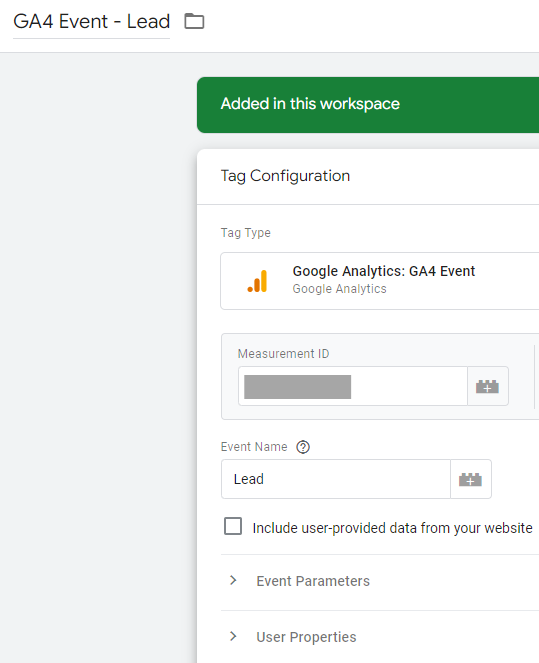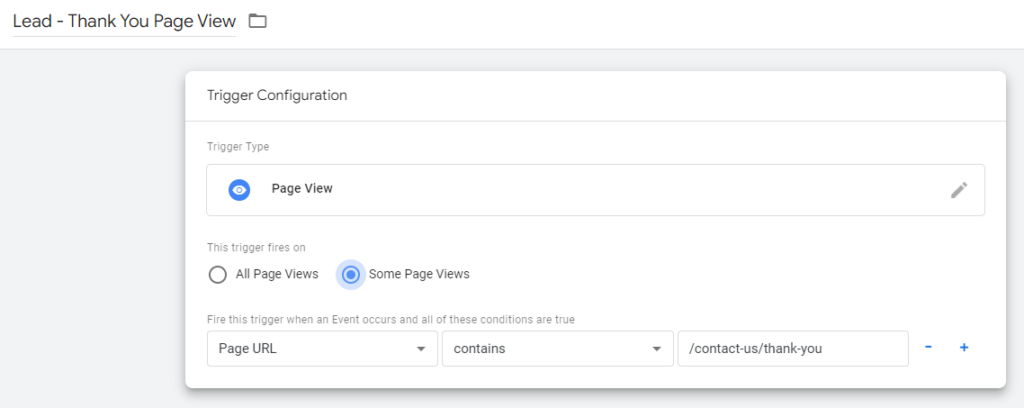Impressions, a foundational metric in digital marketing, hold unique significance across various online channels. Understanding what impressions mean in each area can help tailor strategies to maximize their impact.
Search Engine Optimization (SEO):
In SEO, impressions represent the number of times your website appears in search engine results pages (SERPs) for specific queries. They indicate the visibility of your site and content to users searching for relevant information.
How to Improve Impressions:
- Optimize Meta Tags: Craft compelling meta titles and descriptions that accurately reflect the content of your pages and entice users to click.
- Target Long-Tail Keywords: Focus on optimizing for long-tail keywords to capture more specific search queries and increase the likelihood of appearing in relevant searches.
- Improve Ranking Positions: Enhance your website’s SEO performance to rank higher in search results, leading to increased impressions and organic traffic.
Pay-Per-Click (PPC) Advertising:
In PPC advertising, impressions represent the number of times your ads are displayed to users within the selected targeting parameters. They indicate the potential reach of your ad campaigns.
How to Improve Impressions:
- Refine Targeting: Narrow down your audience targeting to reach users who are more likely to be interested in your products or services, leading to higher impressions and engagement.
- Increase Ad Budget: Allocate a higher budget to your ad campaigns to increase their exposure and reach a larger audience, resulting in more impressions.
- Optimize Ad Copy: Create compelling ad copy and visuals that capture users’ attention and encourage them to click, increasing the likelihood of your ads being shown more frequently.
Social Media Marketing:
In social media marketing, impressions represent the number of times your content is displayed on users’ feeds or timelines. They indicate the visibility of your posts to your audience.
How to Improve Impressions:
- Post Consistently: Maintain a regular posting schedule to keep your brand visible and engage your audience, leading to increased impressions and reach.
- Use Relevant Hashtags: Incorporate relevant hashtags into your social media posts to expand their reach and increase the likelihood of reaching users interested in your content.
- Encourage Engagement: Create engaging content that encourages likes, comments, and shares, as increased engagement can lead to higher impressions as your content is shown to more users.
Content Marketing:
In content marketing, impressions represent the number of times your content is viewed or displayed across various online channels, including websites, blogs, and social media platforms. They indicate the reach and visibility of your content to your target audience.
How to Improve Impressions:
- Promote Across Channels: Share your content across multiple channels, including social media, email newsletters, and industry forums, to increase its visibility and reach a broader audience.
- Optimize for SEO: Optimize your content for search engines by incorporating relevant keywords, optimizing meta tags, and earning backlinks from authoritative websites to improve its visibility and increase impressions.
- Create Shareable Content: Develop content that resonates with your audience and encourages social sharing, leading to increased impressions as your content is shared and viewed by more users.
Impressions play a vital role in measuring the visibility and reach of your digital marketing efforts across various online channels. By understanding what impressions mean in each area and implementing targeted strategies to improve them, you can enhance your online presence, increase engagement, and drive meaningful results for your business.
Moreover, incorporating a GA4 audit and education service can further enhance your understanding of impression data, allowing for more informed decision-making and targeted optimizations. Remember, achieving the right balance between reach and relevance is key to leveraging impressions effectively in your digital marketing efforts.





